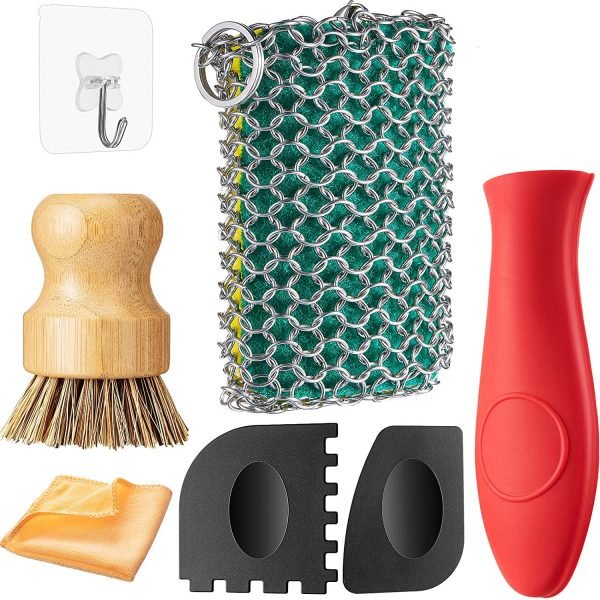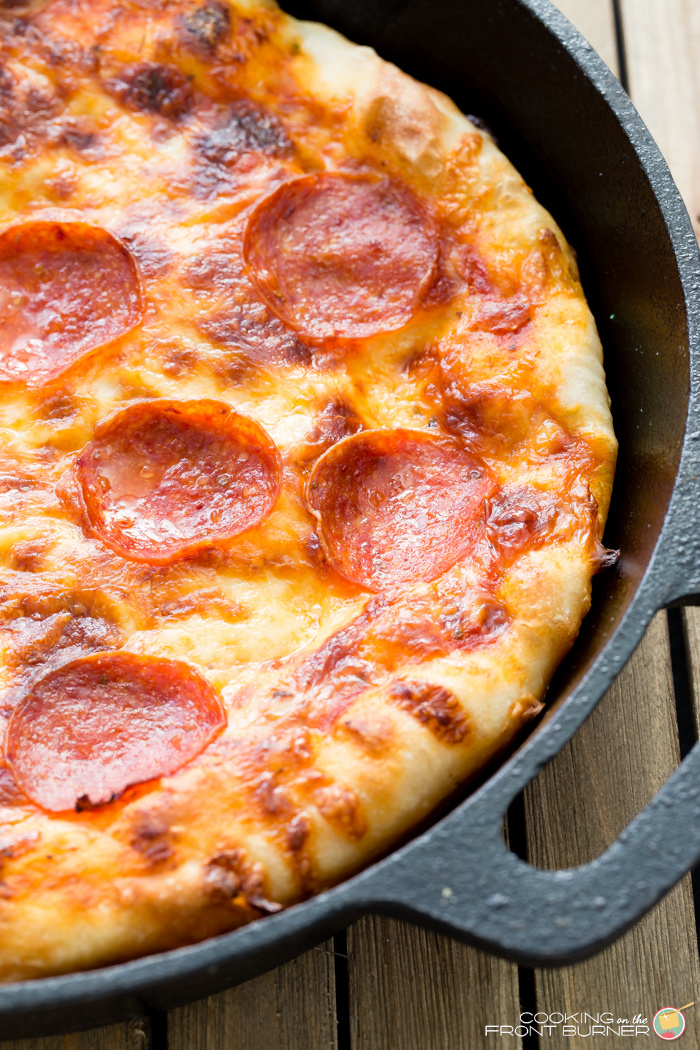A cast iron skillet is a versatile and durable cookware choice that has been cherished by generations of home cooks and professional chefs alike. You are getting the best with a cast iron skillet. Not only does it heat evenly and retain heat well, but its seasoned surface also enhances the flavors of the food cooked in it. Moreover, it can go from the stovetop to the oven effortlessly, making it an essential piece of cookware in any kitchen.
The Basics of Cooking with Cast Iron
Before you start cooking, make sure your cast iron skillet is properly seasoned. Seasoning the skillet helps create a natural, non-stick surface and prevents rusting. To season your skillet, apply a thin layer of oil (such as flaxseed, vegetable, or canola oil) and heat it in the oven at 350°F (175°C) for an hour. Repeat this process a few times to build up a durable layer.
Searing and Frying in Your Cast Iron Skillet
A cast iron skillet is perfect for searing and frying foods, thanks to its even heat distribution and heat retention. To sear meat, heat the skillet over medium-high heat, add oil, and then place the meat in the skillet. Cook until a brown crust forms, then flip and cook the other side. For frying, heat the skillet over medium heat, add enough oil to coat the bottom, and then gently place the food into the skillet. Fry until golden brown, flipping as necessary.
The most important hack that is often looked is how to avoid the food sticking to the pan. Whatever it is your cooking, it’s not ready to be flipped until you can easily slide the spatula under it. Make sure your cooking at the right temperature. Medium to medium-high. Cooking at lower temperatures will certainly cause sticking in most cases. And for heaven’s sake, let the pan heat up before you start cooking.
Baking in Your Cast Iron Skillet
Cast iron skillets are great for baking as well. Some popular dishes you can make include cornbread, skillet cookies, and even deep-dish pizza. To bake in your cast iron skillet, preheat the oven to the required temperature, prepare your ingredients, and then add them to the skillet. Place the skillet in the oven and bake according to the recipe’s instructions.
Stir-Frying and Sautéing
When stir-frying or sautéing in a cast iron skillet, preheat the skillet over medium heat, then add oil and your ingredients. Keep the food moving to ensure even cooking and to prevent sticking.
Cleaning and Maintaining Your Cast Iron Skillet

After cooking, clean your cast iron skillet while it’s still warm. Use a non-abrasive scrubber or a brush with warm water to remove any food particles. There are specially designed tools to make it easier and are inexpensive. You can find it on Amazon and other places. Avoid using soap or soaking the skillet, as this can strip away the seasoning. Not only will soap strip away the seasoning, but you will get the soap in the pours of the skillet causing a not so good taste to your food. After washing, thoroughly dry the skillet with a clean towel, then place it over low heat for a few minutes to remove any remaining moisture. To maintain the seasoning, lightly coat the skillet with oil before storing it. Be careful with that though. If you’re not going to use the pan again for a long time, the light coat of oil could get rancid.
Getting the Best With a Cast Iron Skillet
To learn more about cast iron skillets and explore new recipes, check out these reputable sources:
- Lodge Cast Iron – www.lodgecastiron.com
- Serious Eats – www.seriouseats.com
- Cook’s Illustrated – www.cooksillustrated.com
- The Kitchn – www.thekitchn.com
- Bon Appétit – www.bonappetit.com
Discover the joys of cooking with a cast iron skillet and unleash your culinary creativity. With proper care and maintenance, your skillet will serve you for generations to come.

